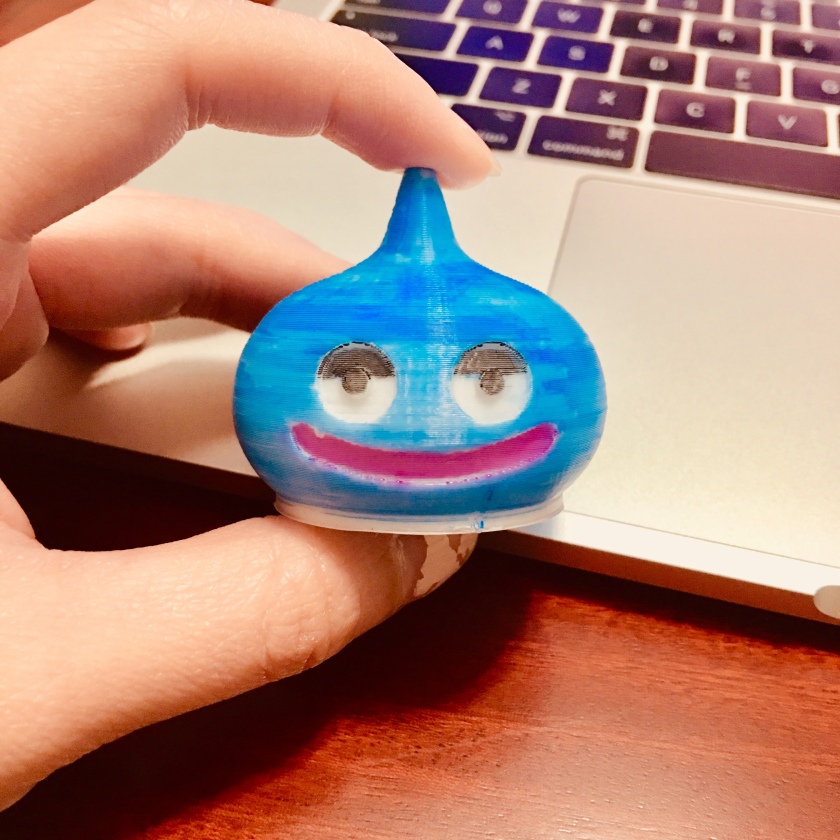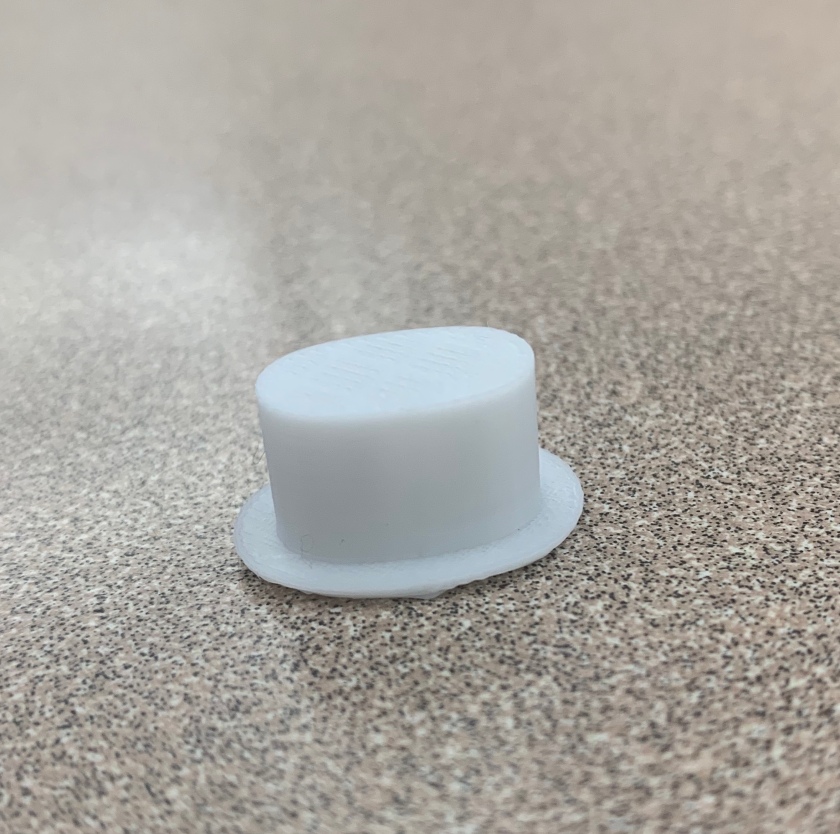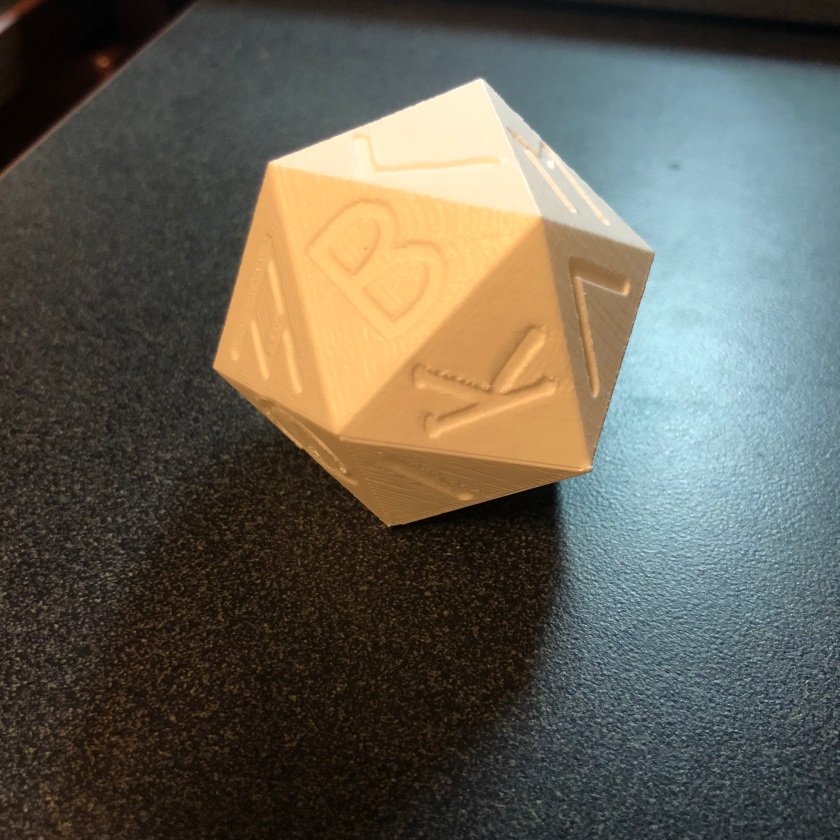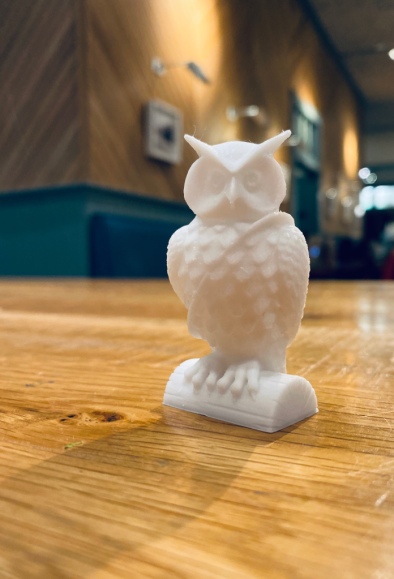Fiasco is a cooperative multiplayer role-playing game that generates During Fiasco, our group weaved complicated narratives and challenged each other’s creativity through unexpected narrative switches. Fiasco’s rules and setup encourages innovation by the players. The limiting dice choices and permutations forces players to navigate through unique relationships that might have not been produced without the imposed restrictions. In addition, the Tilt creates new and different additions to the narrative that must be incorporated. The game of Fiasco makes each player strive for originality, cooperate with other players, and develop critical thinking skills.
In our individual game, we played with five players for roughly three hours. We told a pseudo-revenge story with each member wanting to “get even with this town for what it has made you into”. My character’s direct relationships were being drug friends and ex-spouses with my two neighbors. As my drug buddy was also the mayor of the town, I adopted a more radical representation of a drug-user and barely spent a minute sober. Consequentially, other’s needs and wants were prioritized over my own as play commenced. I offered comic relief, advanced other’s narratives, and cooperated for the best of the group. At times, I felt like a secondary character being used to push forward the storyline and solve or create a problem. Consequentially, I found enjoyment in trying to be the creative storyteller; whenever it was my turn, I would try to establish an innovative scene. For example, roughly a quarter way through the game, we had been trying to figure out what to do with a briefcase of money and drugs. During my turn, I asked where the briefcase came from and offered some possibilities: divine intervention, the mafia, and a hidden camera game show. Though we decided that the mafia would be involved, having the options encouraged discussion about where our plot might go. These types of decisions are inherent in the game of Fiasco.
Fiasco’s structure is unique due to the combination of freedom and structure. Compared to other board games or role-playing games, a significantly larger portion of interactions are set. For example, in first person games on consoles, interactions are prerecorded, but a player has agency to decide which path to choose. In Fiasco, not only are degrees of freedom infinite, but the scenarios are also being created. The guidelines and rulebook act as a primary way of sparking interest rather than forcing players to follow a path. However, Fiasco still provides many of the same functions as traditional boardgames or role-playing games. Much like creative writing, the processes and decision making is very similar; the difference is how much time is allotted to make a decision. In Fiasco, a player must commit to a path directly after being given a scenario. In contrast, one creating a novel or short story could create unbounded permutations of the same story until it’s satisfactory.
Personally, Fiasco helped me progress by forcing me to step out of my comfort zone. I’ve always acted and been involved in theatre, but with people whom I am comfortable with. I joined the Fiasco group very late and didn’t anything about the group members besides their names. Fiasco challenged me to learn about myself and others through the decisions we made in certain situations. Not only was it very enjoyable, I learned that being the scapegoat can be entertaining and fulfilling; in addition, I also learned about my peers, developed my problem-solving skills, and worked on communication and collaboration with peers.
#fiasco










